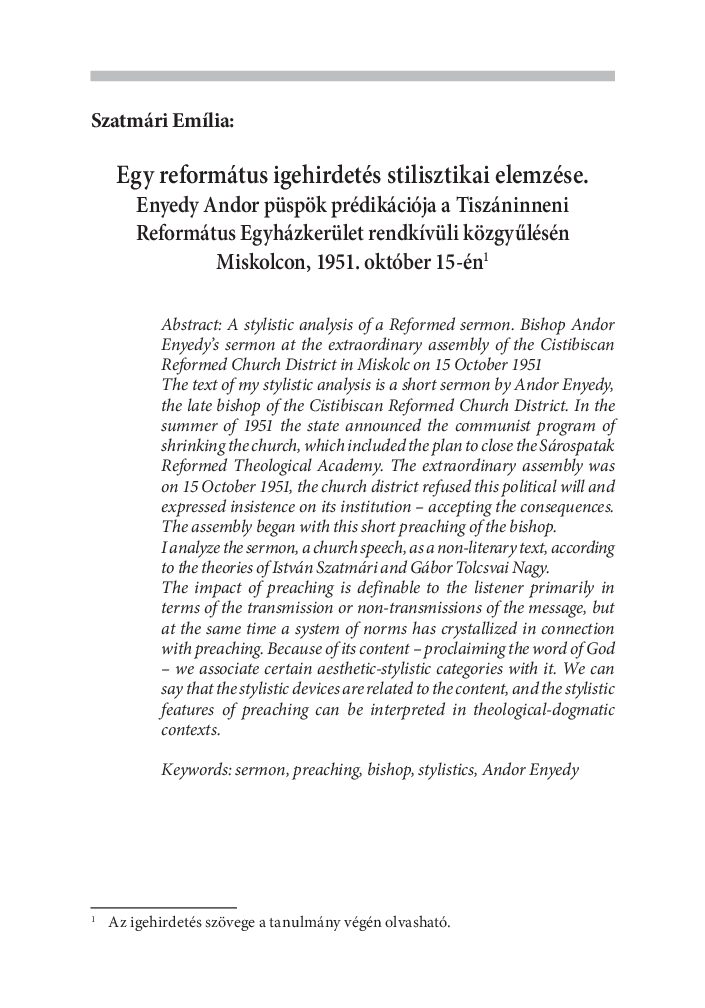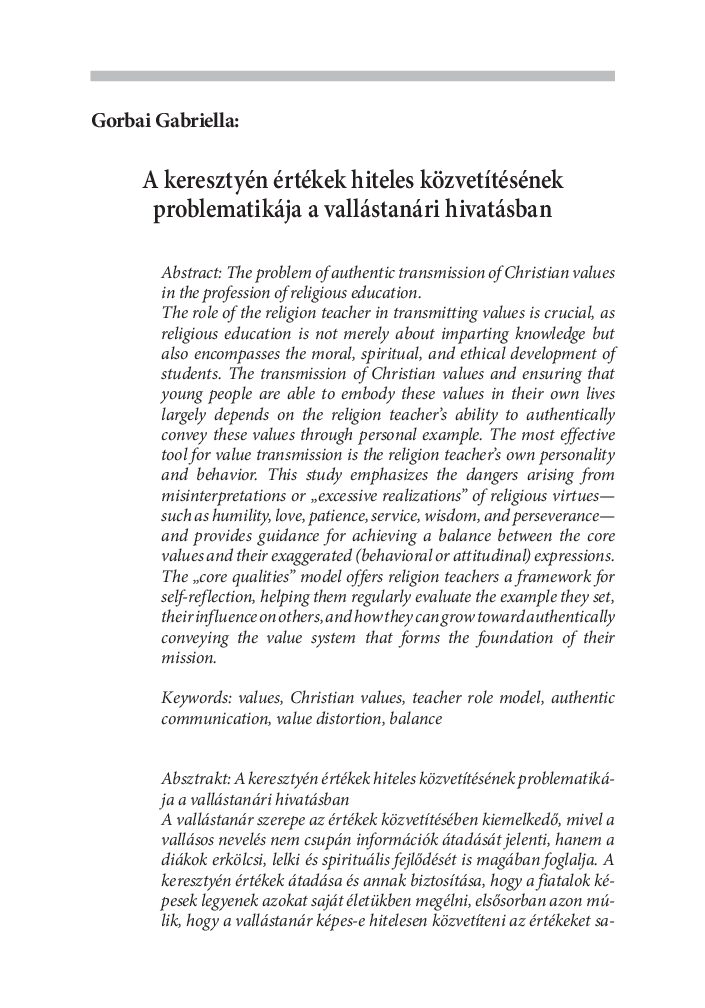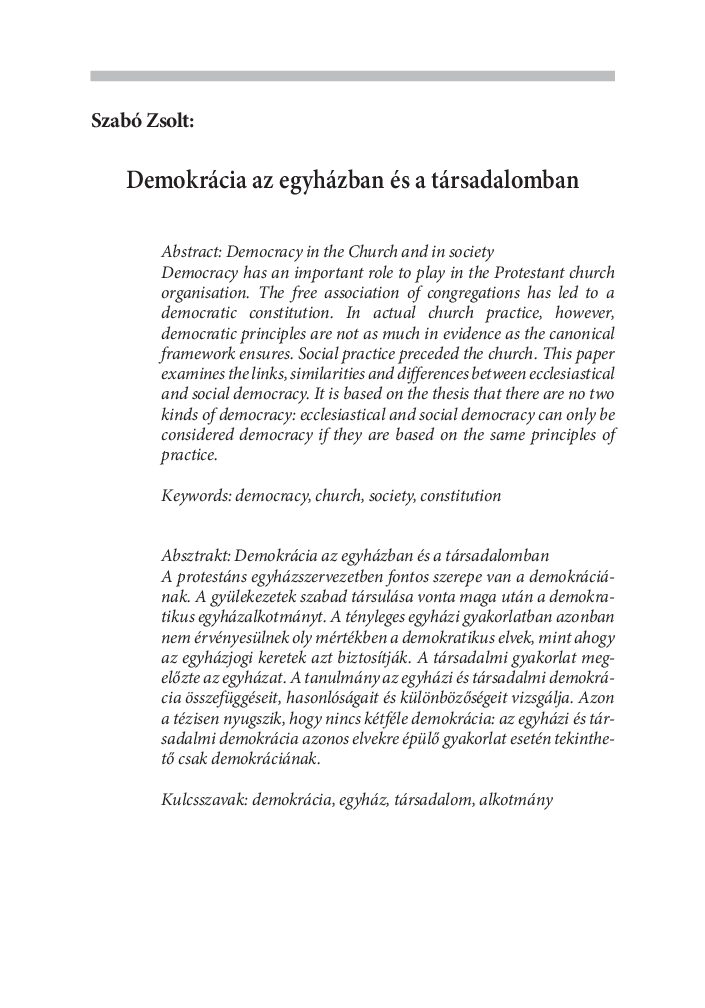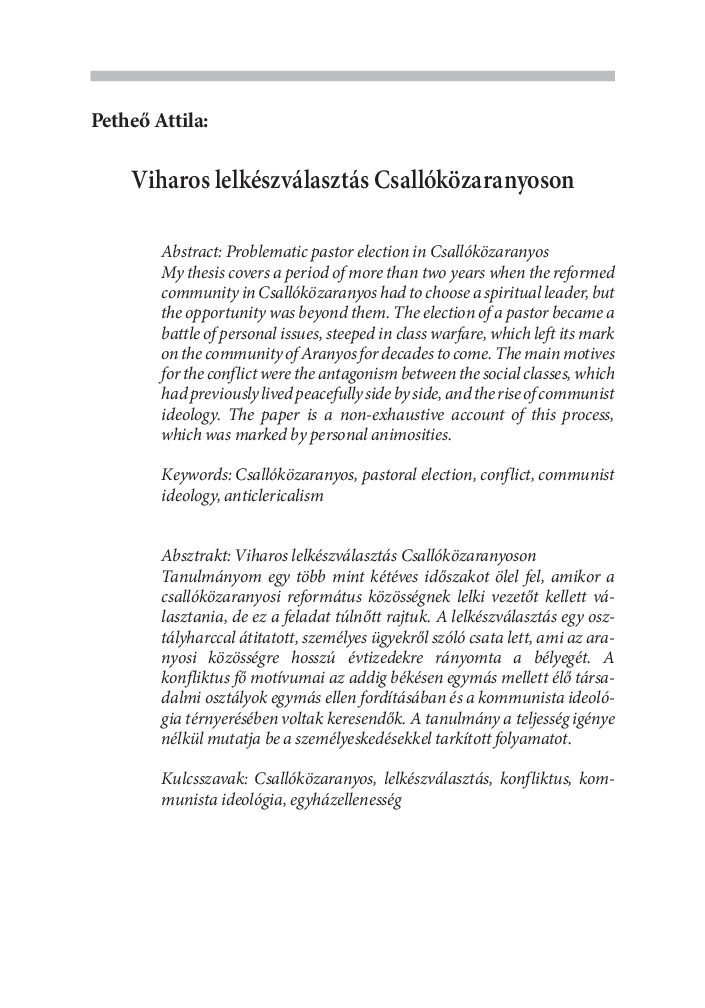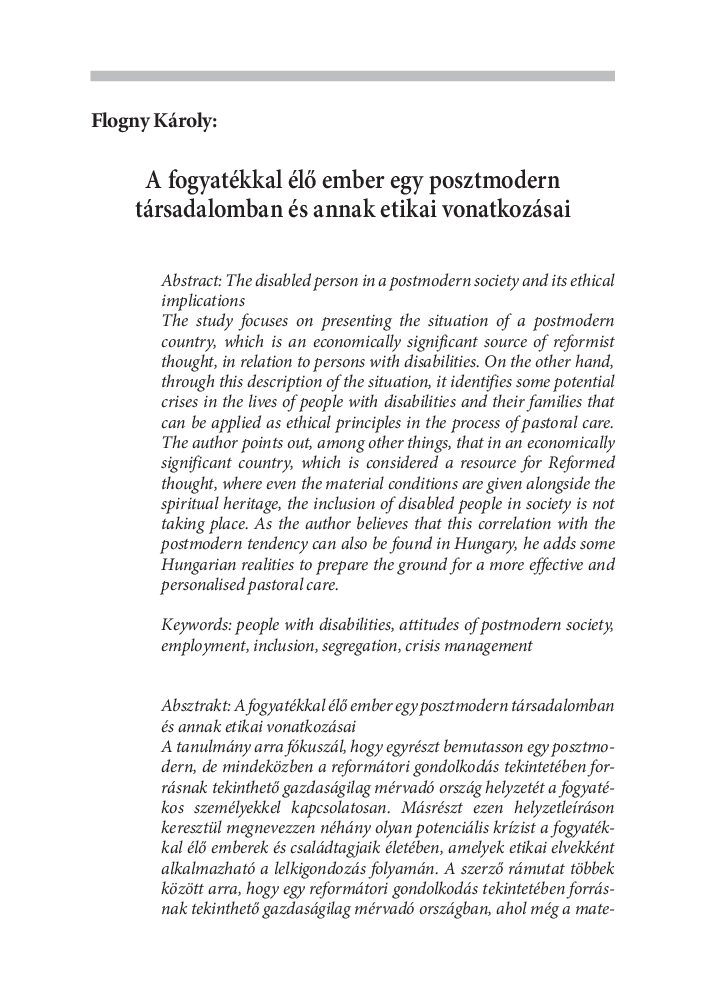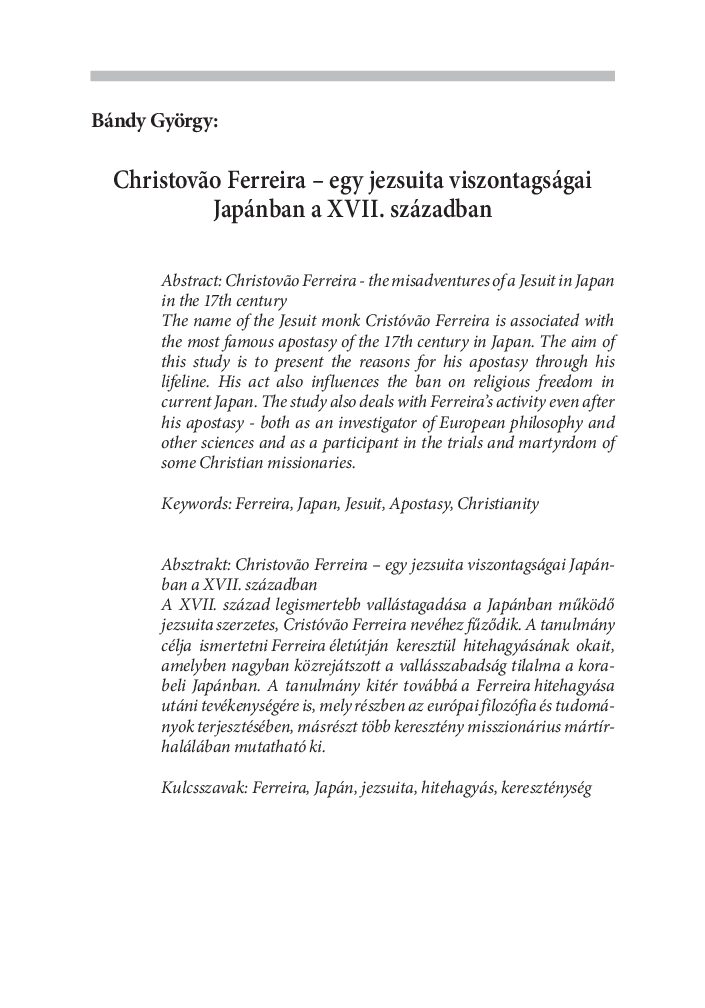Fritz Beke Éva: A komáromi református templom története
Thanks to the captain of Komárom Castle and a large part of the garrison, the Reformation spread relatively quickly in the city. When
Gál Huszár, the preacher, arrived in the town in the mid-16th century, he found people receptive to the teachings of Calvin. The rapid spread of Protestantism caught the eye of the clergy, and the era of Counter-Reformation began. The adherents of the new religion suffered many atrocities, which lasted until 1781, when the Emperor Joseph II issued the Edict of Toleration. Then the Protestants were given permission to build a stone church. The Komárom Reformed Church, as we know it today, is in reality the third or possibly the fourth church of the congregation, although there are no concrete records of the latter. There are written records of the wooden church built after the earthquake of 1763 and of the prayer house, also built of wood in 1781. The stone church’ we know today was built in 1788, originally with a wooden tower. When the condition of the plank tower began to deteriorate, it was decided to build a stone tower, which was a great hardship for the congregation, as the college built in 1796 had exhausted the financial reserves of the congregation. The tower was built from 1816 to 1833. After a brief history of the congregation, the churches are discussed, with particular reference to the history of the present church.
Keywords: reformation, protestantism, counter-reformation, wooden church, stone church, tower

